All your questions on baking with almond flour answered here! This instructional article takes the guesswork out of how to bake with almond flour, so you can indulge in low carb treats all year long. Take it from this self-proclaimed Almond Flour Wizard!
I’ve updated this post on how to bake with almond flour, as I’ve got a lot more good information to add!
I’ve been baking with almond flour for more than 8 years now and I have to say, I have gotten pretty good at it. I’ve been called The Keto Baking Queen by many people and it’s a title I’ve earned through many years of trial and error. I am proud of my low carb baking skills, and I find myself improving and growing on almost a daily basis. So I decided it was high time to update this article on How To Bake with Almond Flour so you can benefit from my experience!
Because almond flour is the basis of many of my keto recipes, I am highly comfortable with it. It’s perhaps one of the most versatile of the low carb flours, and works well in low carb cookies, cakes, and breads. It’s great for low carb pie crust too! You just have to know how to treat it, what to look for, and how to adjust if it doesn’t work quite as you expect.
So let’s get started. Answering your burning questions about baking with almond flour, right here, right now.
Almond Meal vs. Almond Flour – What’s the difference?
Let’s clear up any misconceptions right now that all almond flour is created equal. I get this question a lot, and the answer is a resounding NO! Sure, they are both made from ground almonds, but anything that calls itself almond “flour” should be finely enough ground that you can make fine-textured cakes and bread that rival their wheat-based counterparts.
It should also be blanched almond flour, so that you get no little dark bits of skin. There are several really good brands of finely ground almond flour, including Honeyville, WellBee, and Anthony’s. My favourite is Bob’s Red Mill Super Fine Blanched Almond Flour. Costco also sells good almond flour at a reasonable price, under their Kirkland brand, which I believe it actually produced by Honeyville.
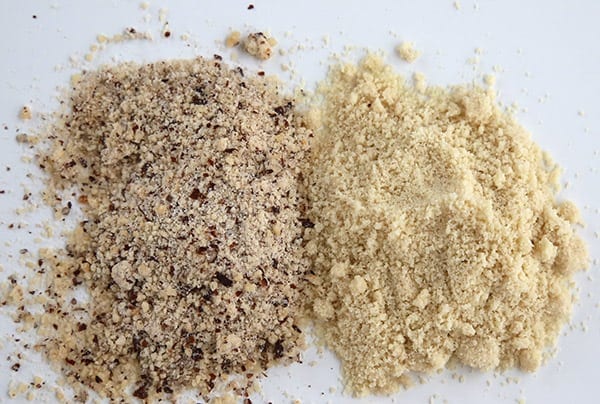
Almond meal is much more coarsely ground and if you place the two side by side, you can really see the difference. It’s still often good enough for baked goods where texture doesn’t matter quite as much, like low carb muffins or crackers. It can be both blanched (skins removed) and un-blanched (skins left on). And since it’s often less expensive, it may be preferable to almond flour at times. You don’t even have to buy almond meal, you can make it yourself if you have a good food processor.
So, if you’ve ever made an almond flour recipe and had issues with the final product holding together, leaching out the oils or butter, or not rising properly and holding its shape, a likely culprit is that you are using the coarser almond meal, instead of almond flour. The larger particles mean less cohesiveness for the finished product. For some things, it may not matter but for cakes and fine-textured items, it most certainly does. I don’t even keep almond meal around anymore, I use almond flour for everything.
Subbing Almond Flour for Wheat Flour
You’re going to hate me for saying this, but there is no easy formula here. It all depends on what you are trying to make. Cookies are dense and crunchy whereas cakes should be light and fluffy, and they are going to take very different ratios of almond flour to other ingredients.
I wish I could tell you it was as simple as swapping almond flour for wheat flour at a 1:1 ratio. But it’s not and when you think about it, you can see why. Almond flour is basically ground nuts, full of fat and moisture, entirely without gluten and not nearly as powdery, fine and dry as wheat flour. So there are a whole range of factors you need to account for when adapting a wheat-based recipe to low carb and gluten-free. You need to consider the texture, density, and moisture content of the baked good you want to make over.
A cup of almond flour also differs significantly in weight from a cup of wheat flour. Out of curiosity, I just went and measured the two (literally right now, as I am writing this) and a cup of wheat flour came to 5 oz, while a cup of Bob’s Red Mill blanched almond flour came to 3.75 oz. That’s more than a full ounce difference!
If you are a total beginner with almond flour, I’d actually suggest you stick to some tried and true recipes to get a feel for how it behaves and the overall proportions. That’s certainly how I started, 2 and 1/2 years ago. Once you have a good sense for almond flour recipes, you will find it easier to strike out on your own and adapt some family favourites.
Let me tell you what I do, when I start making over a recipe. Take, for example, my Almond Crusted Butter Cake. The original wheat-based recipe took about 50% more butter and 50% less flour. Knowing that almond flour has a higher fat content but is less dense than wheat flour, I basically switched this ratio around. Then I doubled the baking powder and added in whey protein to make up for the lack of gluten and to give the end result more structure. Then I crossed my finger, said a little prayer, and popped it in the oven. And it has since become one of my all-time favourite keto cake recipes!
You can also increase the eggs for more protein and structure, but too many eggs can give the final result a rubbery texture or make it too “wet” and gummy in the center. I usually start with one more egg, and then add another closer to the end if the batter seems too heavy and thick.
One important thing to note when adapting wheat flour recipes is that your almond flour batter will almost always be thicker. Don’t expect it to look exactly like a wheat-based batter and resist the urge to thin it out with liquids, or you will likely end up with a soggy mess.
Other Nut Flours and Meals
People often ask me if they can use other nut flours and meals instead. I give the answer to this question as a tentative “yes”, with several caveats.
First off, I don’t know of too many other nut “flours” that are as finely ground as true blanched almond flour, so if texture and consistency of the end result is dependent on the grind, then you may have some difficulty. Some keto muffins, scone and cookie recipes lend themselves admirably to a simple swap of one nut flour/meal for another. Several of my biscotti recipes could be made with hazelnut meal instead of almond flour, as could some cracker and cookie recipes. And my Hazelnut Chocolate Chip Bundt Cake could easily be made with another nut meal of choice (walnut, almond, pecan…all of those would do well).
But finer cakes and cupcakes might become too crumbly, to coarse and possibly leach out oil during baking if you attempt it with anything but the most finely ground flours. If you want a fine crumb on your cake so that no one can guess it’s low carb, then you want finely ground almond flour.
Sunflower Seed Flour
This is, in my opinion, the best nut-free substitute for almond flour, because it can be ground quite finely. You can even make your own sunflower seed flour easily at home. Check out How To Make Sunflower Seed Flour here.
The funny thing about sunflower seed flour, though, is how it can turn green when it’s baked. This is a reaction with the leavening agents like baking powder and baking soda and it doesn’t mean the baked good has gone bad. To offset this reaction, you need about 1 tablespoon of acid like apple cider vinegar or lemon juice. In chocolate recipes, the brown colour covers the green and you don’t really need to worry about it.
Coconut Flour vs. Almond Flour
Inevitably when I make a keto recipe with almond flour, someone comes along and asks if they can make it with coconut flour. And vice versa. Here’s the deal:
You cannot sub coconut flour for almond flour as a direct 1:1 substitution. I cannot state this more strongly. Don’t even think about trying it or you will end up with hard, inedible thing that is only good for using as a hockey puck. Check out my article on Baking with Coconut Flour for more information.
Coconut flour is an entirely different creature than any flour based on tree nuts. It’s fine, powdery, dense and soaks up liquids like nobody’s business. It also requires more eggs and sometimes more other “binders” like xanthan gum, to keep the final product together. And you want to use WAY less coconut flour for a recipe than you would almond flour, sometimes as little as 1/3 to 1/4. In essence, if you choose to make a recipe based on almond flour with coconut flour, you will need to restructure the whole thing.
If I were to take one of my basic almond flour recipes and rework it for coconut flour, I would start with about 1/3 the amount of flour, twice the eggs, some xanthan gum, a little more leavening agent like baking powder, and then I would add my liquids like coconut or almond milk last and not all at once. I would add some liquid, work it in and see how thick the batter was, then add a bit more and a bit more until it felt right to me. Again, “right” in this case is likely be a thicker batter than anything wheat-based, so it take some experimenting to get it right.
One good thing about working with coconut flour (and almond flour) is that they don’t contain gluten so over-mixing is usually not an issue. On occasion, I’ve been making a coconut flour recipe and suddenly thought it needs another egg or two. I’ve added it at the very end and had no problems with the end result. In this sense, at least, coconut and almond flours can be very forgiving.
Peanut Flour vs Almond Flour
The best answer I can give you here is: maybe. Peanut flour comes in a variety of forms, including roasted (light and dark), unroasted, partially defatted and full-fat. I ordered some peanut flour once that was essentially just ground peanuts and it did well as a sub for almond flour in several recipes. But the defatted ones are a little bit like coconut flour, they are very fine and powdery and soak up a lot of liquid. So they are going to require some reworking of the basic recipe in some of the same ways as coconut flour, although to a lesser extent.
How to Measure Almond Flour
Always use the scoop and level method, unless the recipe indicates otherwise.
I always simply scoop the almond flour from the bag or the canister, and level it off with a knife or sometimes with my hand. I never try to jam pack my cups to get more almond in there, so all of my recipes will be written assuming you simply measure an unpacked scoop. A well-written recipe should specify if you should pack the ingredients, so assume not if it doesn’t say. Sadly, not all recipes are that well written these days.
Many gluten-free recipes are done by weight, not volume, because gluten-free ingredients can differ significantly by brand. I am making an effort to do this more often now, especially when the recipe is on the tricky side and precise measurements matter. I would suggest investing in a small kitchen scale if you want to be more accurate. I will always give measurements by volume, however, since I want my recipes to be as accessible to as many people as possible. Weight measurements are more accurate overall, but it doesn’t do me any good if the reader doesn’t own a kitchen scale!
How to make Almond Flour Bread
Looking for a firmer bread you can toast and slather with peanut butter? Yeah, me too. Almond flour is by nature moist so if you use it on its own, your end result can be more cake-y than you want it to be.
I find that adding a little bit of a denser flour, like coconut flour or oat fiber, can help stiffen the batter and thus firm up the bread. I used coconut flour successfully in my Low Carb Panini Bread Recipe. The trick is to not increase the other wet ingredients, so the addition of this flour helps dry out the consistency of your bread.
You can also try using a little oat fiber, which is made from the husk, or the “bran” of the grain and not the grain itself. However, it may contain a little gluten so it’s not idea for people with a gluten intolerance.
Many people add psyllium husk to low carb bread recipes as well, which can give it more of a yeast-bread like texture. But depending on the brand of it can also make it gummy and sometimes it has a purplish hue.
Using Protein Powder in Low Carb Baking
Why do I often use whey protein or egg white protein in my keto cakes and other baked goods? It isn’t, as some people think, to get more protein into my diet. I am an unabashed carnivore and consume plenty of protein.
It all comes down to the science of baking. Gluten is a protein and it’s part of what gives wheat-based baked goods structure, allowing them to rise and hold their shape. In gluten-free baking, adding in a dry protein can help make up for this. You can’t just add more egg whites because that will throw off the liquid to dry ratios. But you can easily swap out the whey for your protein powder of choice (hemp, soy, even egg white powder). The results may vary a little depending on the protein content per serving.
Freezing Almond Flour Baked Goods
With only a few exceptions, I would say yes, most almond flour baked goods are indeed freezer-friendly.
I have successfully frozen cakes, muffins, cookies, scones, and even some almond flour pie crust. I usually freeze after baking, and I freeze before I glaze or frost the baked good in question.
However, you can also freeze some unbaked items and then thaw before baking. I’ve done this successfully with almond flour cookies like my Butter Pecan Cookies and Chewy Ginger Cookies. The trick here is to roll them into balls and flash freeze on a cookie sheet. Then you can put them in a container or plastic bag and they can be frozen for months. Thaw fully before baking.
How to Store Almond Flour
I keep my unopened bags of almond flour in my cellar, which is quite cool year round. Once a bag is opened, I transfer half of the almond flour to an airtight container and keep it on my counter. The rest is frozen or refrigerated to keep help it keep. I don’t recommend trying to bake with the almond flour straight out of the freezer. The high moisture and fat content will make it very clumpy and hard to work with.
More Almond Flour Baking Tips
- Let your almond flour baked goods cool completely. My friends, I can’t emphasize this enough.It can be tempting to start cutting them up soon after they are baked, but try to resist or you may wind up with a heap of crumbs. The texture and cohesiveness of low carb baked goods always improves upon cooling and sitting. Crackers, cookies and tart crusts will crisp up better and breads and muffins will hold together better when left to sit for an hour or two.
- Room temperature ingredients. Make sure your eggs, butter, and cream or almond milk are at room temperature, unless otherwise specified by the recipe. If they are cold, your batter will clump up.
- Grease that pan well! Low carb goodies can stick more than conventional ones, so really work that butter or oil into the corners of your pan.
- Watch it carefully. Almond flour baked goods can also brown more quickly than wheat flour recipes. If I am adapting a wheat-flour recipe, I almost always lower my oven temperature by 25 degrees F, and I watch it carefully. If the top and sides are browning too quickly, I cover the pan with aluminum foil.
- Baking times are only a guide. Oven temperatures can vary tremendously so please only ever use baking times as a rough guideline. What takes 20 minutes in my oven may take 25 in yours. Or yours may be done faster. You should always set your timer for 5 minutes LESS than the baking time says, and then check on it every 5 minutes after that.
Ready to become an almond flour baking expert?
I hope that helped answer some of your most pressing almond flour baking questions. If you can think of anything I didn’t cover here, or you have some tips of your own you’d like to share, please leave a comment or send me an email. I’d be more than happy to update this little (long) treatise to cover more ground!
Free Bonus: Secrets to Keto Baking!
Sign up for your favorite recipes delivered straight to your inbox plus get our FREE bonus: Secrets to Keto Baking!
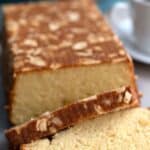
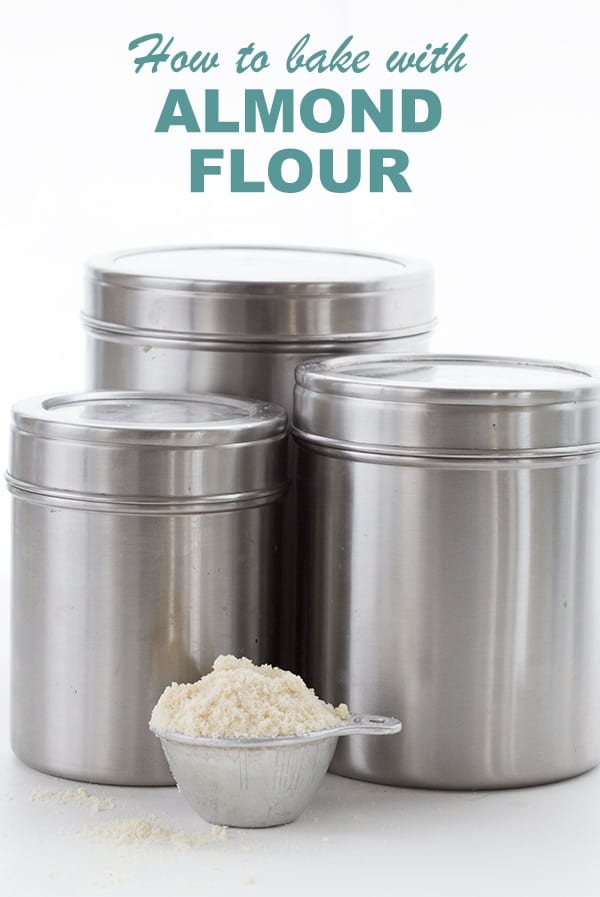
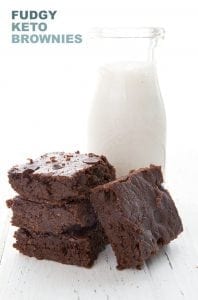
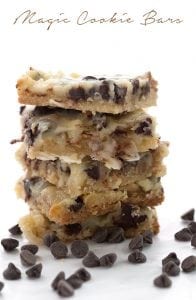
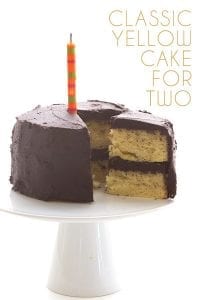
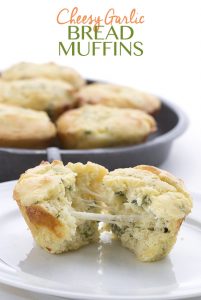
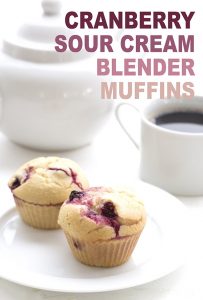
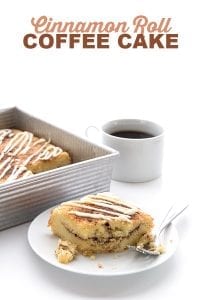
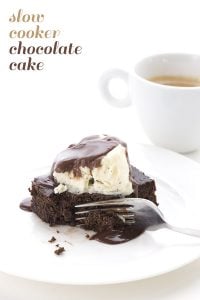
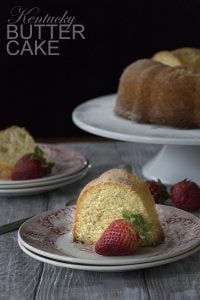
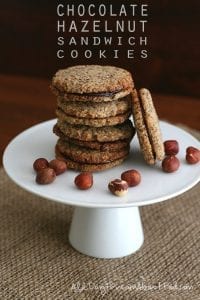
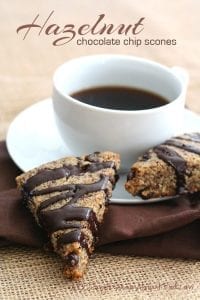
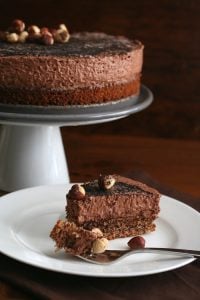
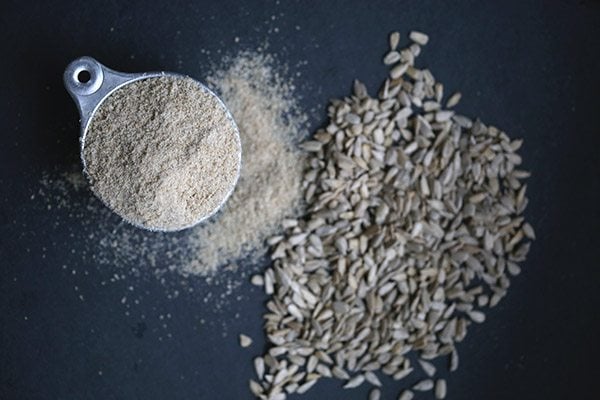
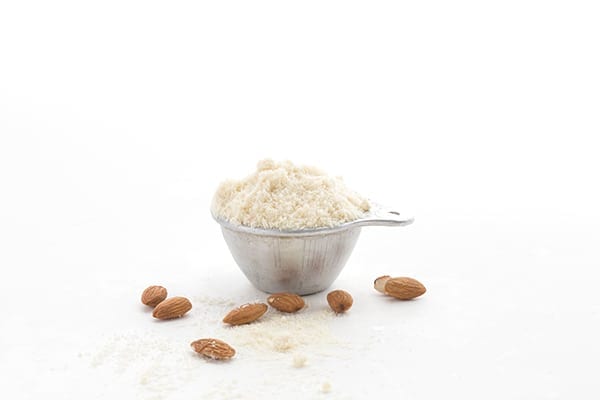
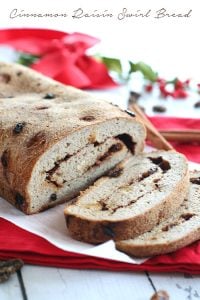
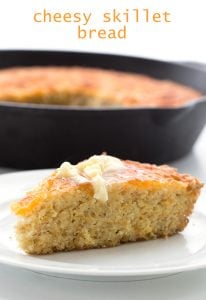
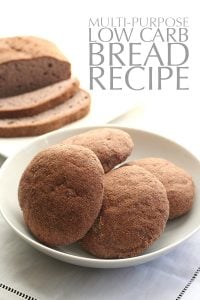
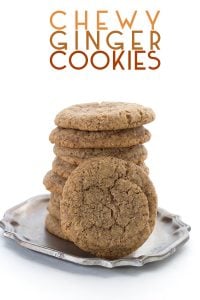
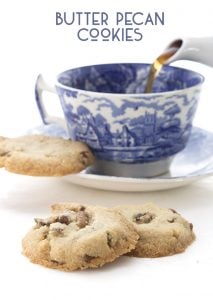
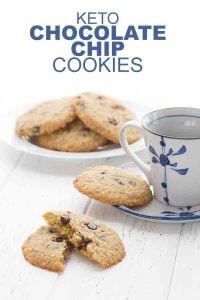
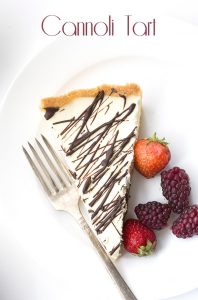
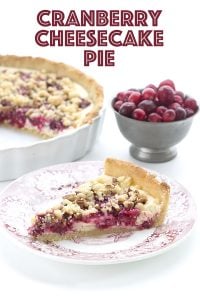
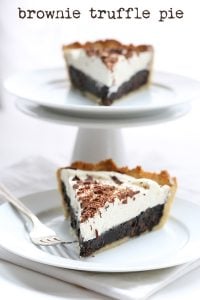
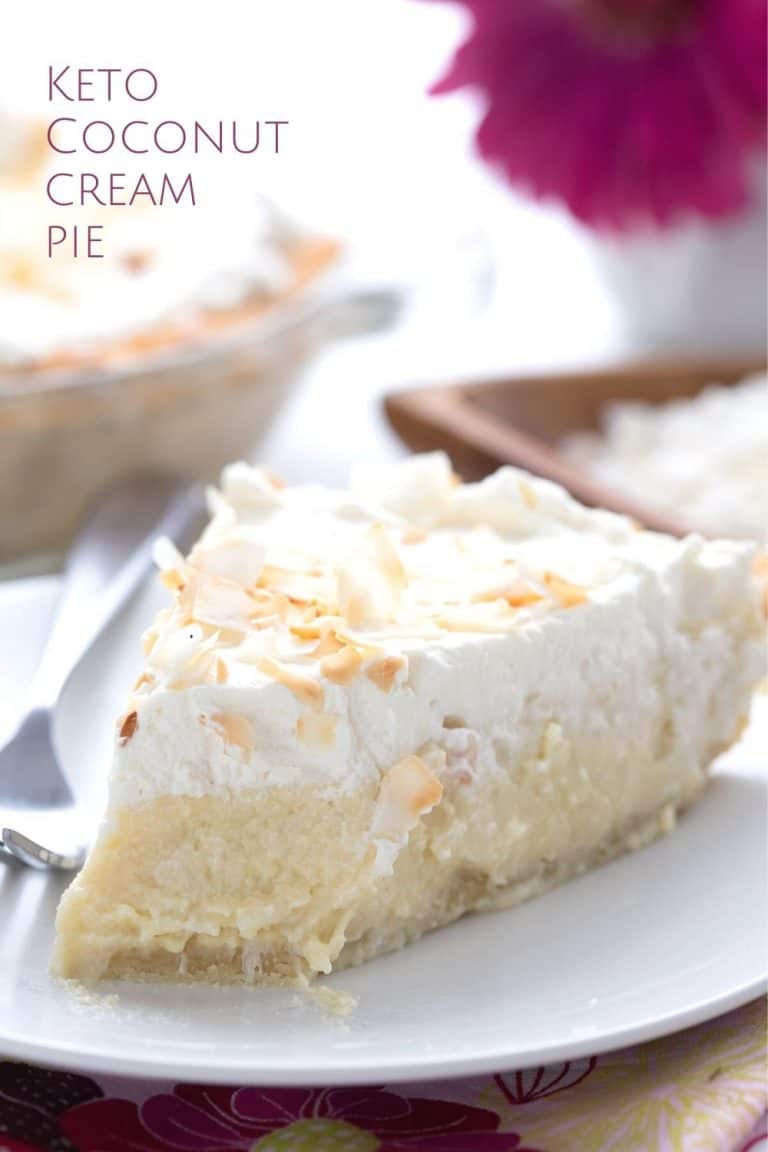

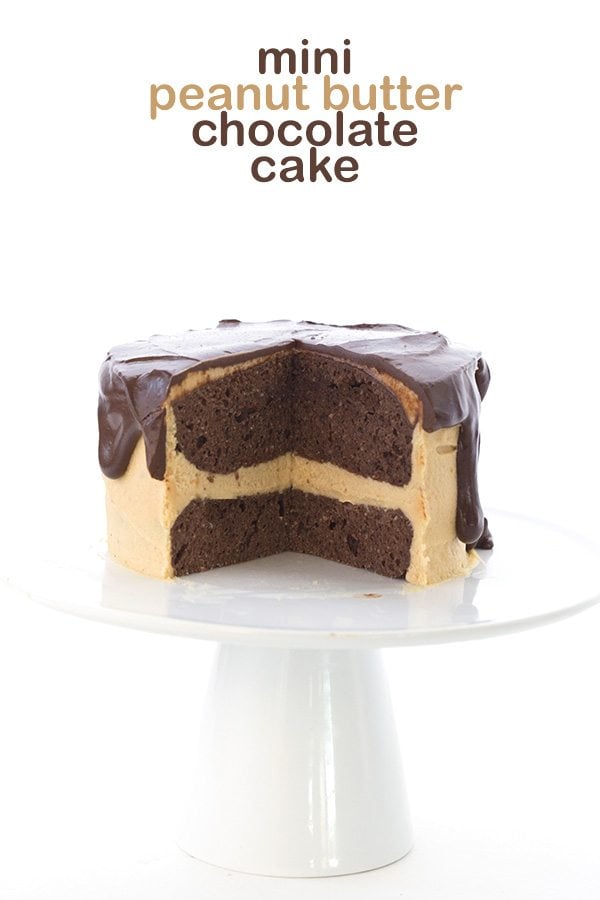

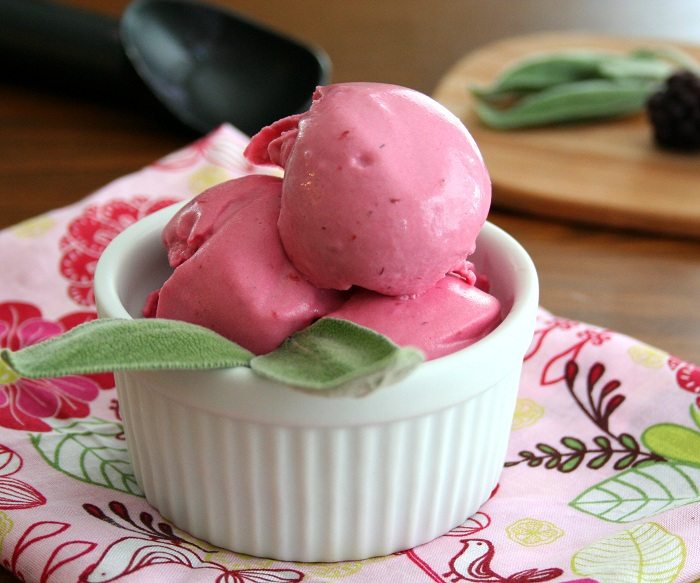
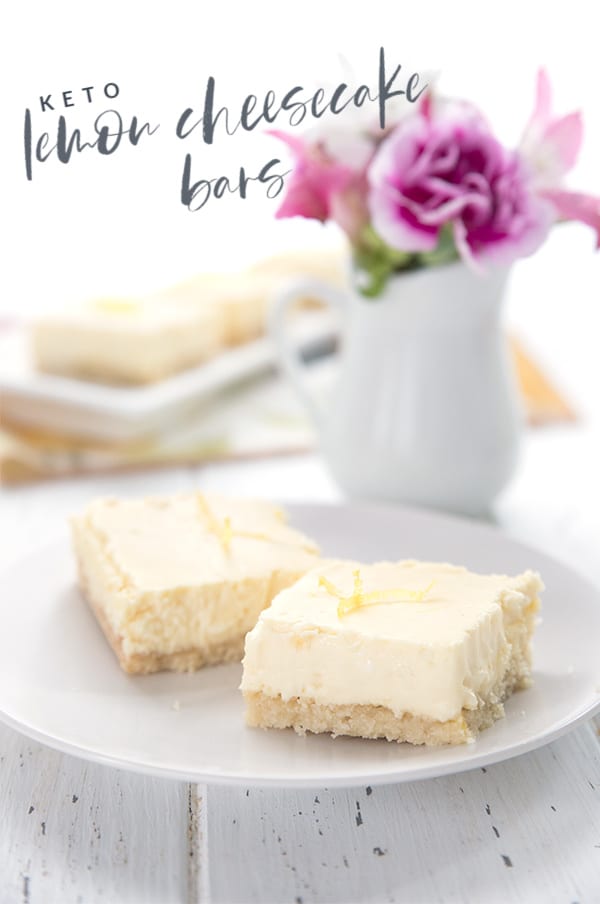









I am looking for a bread recipe that does not include a nut flour as my son is anaphylactic to tree nuts. I am not having much success with other flour substitutions in the recipes . Please help
Does it need to be gluten free? Low carb?
I found your site tonight, and want to thank you for the information. However, what I’m trying to find out is if i can use the meal leftover from making almond milk. If it’s dried, would that be considered almond flour/meal? Everything else makes sense to me, but I’m just curious about that. Do you know ? and thanks!
It would not be almond flour, because it wouldn’t be fine enough. But you could probably use it as almond meal.
Thank you for this very informative article! I just found your website and am looking forward to trying many recipes. I personally am only really looking to reduce the carbs in my diet. I don’t need to remove gluten So do you think it would it be helpful to just add a spoonful of gluten to things baked with almond flour or is there another reason using whey is better? Thanks!
Whey powder adds protein, and since gluten is actually a protein, you need to replace it to helps things rise. I think adding a tbsp of gluten would help too, but you’d need a bit more than that to get things to rise properly. Not sure how much, you will probably have to experiment.
I’m trying to do low-carb too because my husband was just diagnosed with diabetes and I have wondered the same thing about just adding gluten to stuff! I tried it with buttermilk pancakes today and they held together a lot better (I think about two tablespoons for one cup flour, so a lot) than yesterday when I made them without. I don’t see why low carb dieters who don’t have allergies to gluten haven’t talked about this online. Gluten plus almond flour will be my best friend if I can figure out how they work together. So basically whenever your recipe calls for protein, just replace with gluten, right?
Many people have chosen to go gluten-free even if they don’t have intolerances, because gluten has many other health issues. But you can do as you wish. I prefer not to bake with any gluten products.
Carolyn, you are a rock star when it comes to this stuff. I only wished I had changed my eating habits back when I ran with you 3 times a week.
Thanks for your informative info about Almond flour. I recently read that heating almonds/almond flour can lead to unhealthy, rancid results related to Omega 6’s etc. Do you know anything about this issue? I successfully made some banana muffins for my picky son with almond flour and was thrilled that he would eat them and excited to try more recipes but then heard that baking with almond flour is unhealthy. I’m very confused.
Hi Christina,
I am not a health expert expert by any stretch, and although I’ve read bits and pieces here about the “unhealthy” effects of heat and nuts together, none of it is from a true, unbiased scientifically-based and peer-reviewed study. It’s all opinion-editorials from so-called health bloggers who may or may not have any qualifications to back up their claims. So I personally take it with a grain of salt.
Omega 6’s are NOT bad for us, and are, in fact, required for our health. The problem in modern society is that our diet is high in Omega 6 and not nearly high enough in Omega 3’s. It’s the skewing of this ratio that is at issue here, because our diets have long been reliant on grains as staples. Almonds and other nuts may be high in Omega 6 when compared to fish, but they are a far healthier choice than grain-based baked goods. Regardless, no one should be subsisting entirely on a diet of nuts!
My diet is balanced out in Omega 3s by lots of fish, grass-fed meats (not grain-fed, so they are far higher in Omega 3s), cage-free eggs, seeds, etc. I have a lot on my plate to worry about about. One baked good a day made with almond flour isn’t one of them. 🙂
Please know that these are my opinions only and not meant to be medical or health advice.
Thanks for your reply, Carolyn. Much appreciated!
I was just wondering how long it would be before someone decided to crack on nut flours! I just heard that coconut oil is now “deadly” due to high fat content. It amazes me how these goobers throw something ridiculous out there to scare the poop outta those of us who are legitimately trying to eat more healthy food…with nothing to back it up! I call BS on them all! I’ve been drinking bulletproof coffee every single day for 5+ years, and using nut flours for almost as long. I’ve lost 60+ lbs and have kept it off! Cholesterol, good and bad, are really great, and I feel better than ever! Thanks so much for all your hard work and best of all…sharing it with us! You ROCK! 🙂
Christina…just to be clear, I’m fussing about the goobers who throw out their opinions, not you 🙂
What an amazing resource you’ve put together Carolyn!
I love this! So helpful. Now I want to bake everything with almond flour.
So glad you posted this! I plan to refer back to it again in future. (Most important bit: knowing you do NOT pack when measuring. My first almond-flour recipes recommended packing the cup down, and I’m so used to doing it that it never occurred to me to wonder!)
Also, in terms of almond flour that is actually ground fine enough to be called flour, I order mine from digestivewellness.com and it’s never failed me yet.
Good to know, I love finding other suppliers of almond flour!
Great post! I have just switched to using more almond flour and we really like it. Here is my question – what type/brand of whey protein do you recommend?
I like Jarrow. It’s gluten free, very low carb and has no artificial sweeteners, even in the flavoured varieties.
So, another question. 🙂 Should I get unflavored or vanilla/chocolate? What would I use the most in conjunction with almond flour?
Thank you so much! I am ready to start baking again now that I know not to eat almond meal. I have not seen almond flour in the stores. I will search today and if I can’t find it I will order. Fantastic article! You are such a blessing in so many lives, Carolyn.
a very nice, thorough write-up, Carolyn. Coulda, shoulda been a teacher.
Carolyn, thanks for clearing this up. I did have one question. I think I get hung up between the words almond flour and almond meal. On the Honeyville web site it says ” Blanched Almond Flour, also known as almond meal, can be substituted for flour in cakes, breads, cookies, muffins, and your favorite recipes that call for flour. The taste and texture is phenomenal.” It seems to say that blanched almond flour is also known as almond meal, but your post says that flour and meal are different. Still alittle confused. I will however try your brand recommendations because I have found my baked goods are alittle too heavy using what I have been using in the past.
Hi Pattie. In reality, there will always be a spectrum of how finely ground the almonds are. But I make a distinction between truly finely ground blanched almond flour (and Honeyville definitely falls into that category) and things that just aren’t as finely ground and may or may not be blanched. Trust me, the finer the grind, the more “floury” and the better your results for fine-textured things.
You’ve created a masterpiece here, Carolyn, just like your recipes! Thank you so very much!!!
I have been low carbing for a year. Your blog, and the three low carbing with friends cookbooks have been among my greatest inspirations. Thank you so much for the flour recommendations! Hoping to receive an improvement in my low carb baked goods by changing my almond flour source!!! Really appreciate the specifics!
**among friends!
Thank You so Much Carolyn!! This is so helpful, it is hard to believe how much you have accomplished in less than 3 years! I am in awe. Again, many thanks, Karen
A great resource!
What a terrific article you created. I too, like many others had no idea of the difference between almond meal and almond flour. I certainly understand now and thank you very much for enlightening all of us. I now feel more comfortable using them. Thanks for your great recipes and information.
I didn’t think there was much difference at the beginning when I started baking either. But once I tried Honeyville, I saw a huge difference and knew it was worth my while.
Great post, thank you for being so thorough! I haven’t had much luck with baking with almond flour when making my own adaptations so this definitely helps! You’re an angel. Thank you!!
Thank you for this post! I have always been afraid of almond flour, but now I have the confidence to try it!
Wow! Thanks so much for this! I do try to convert carby recipes for baked goods and, to some degree like the challenge, but my results are somewhat unpredictable. Not inedible but sometimes not as good as I want them to be. You are so nice to share this valuable information with us!
I, like you I’m sure, am buried in snow this morning and may just have to amuse myself by baking something.
thanks for this… I used almond flour in a cake recently… a sugar, egg, and dairy free one… but I didn’t know the tip about letting it cool! So my cake was a total flop! I ended up layering the crumbles torte style, with strawberries and cool whip. But I have courage to try this again, thanks to you!
Edible still, though, right? For me, that’s always a plus!